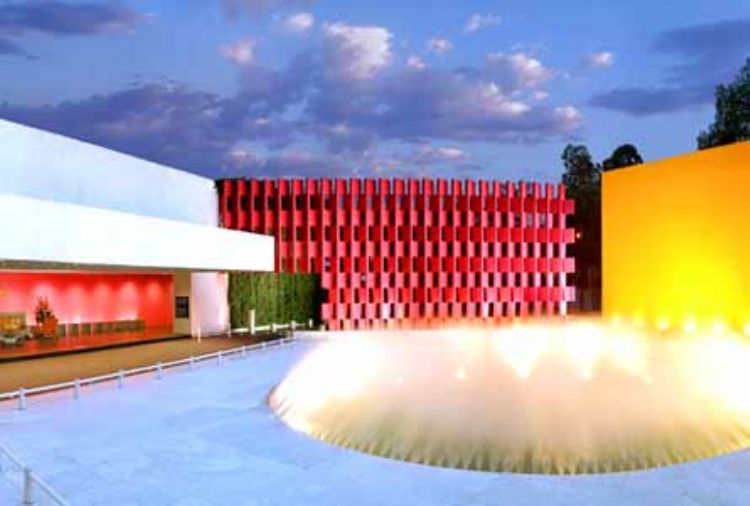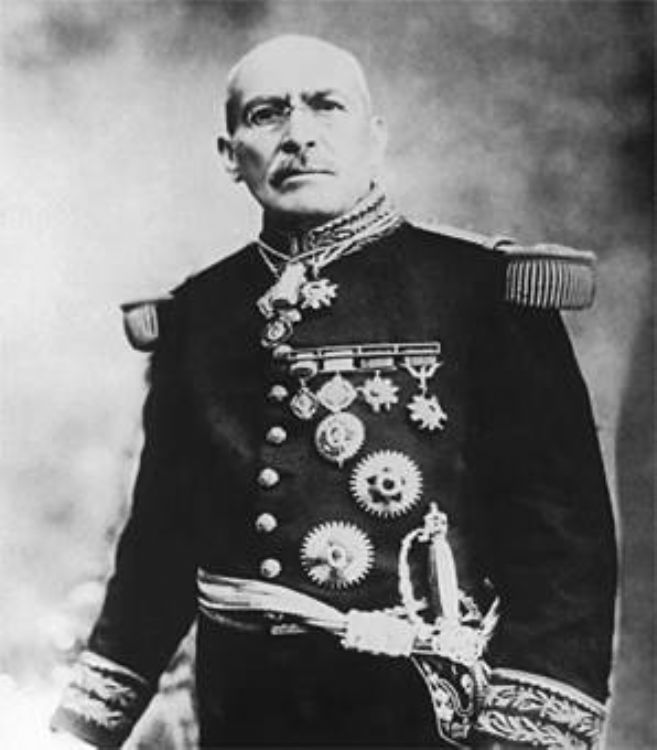
José Victoriano Huerta Márquez was born in ...
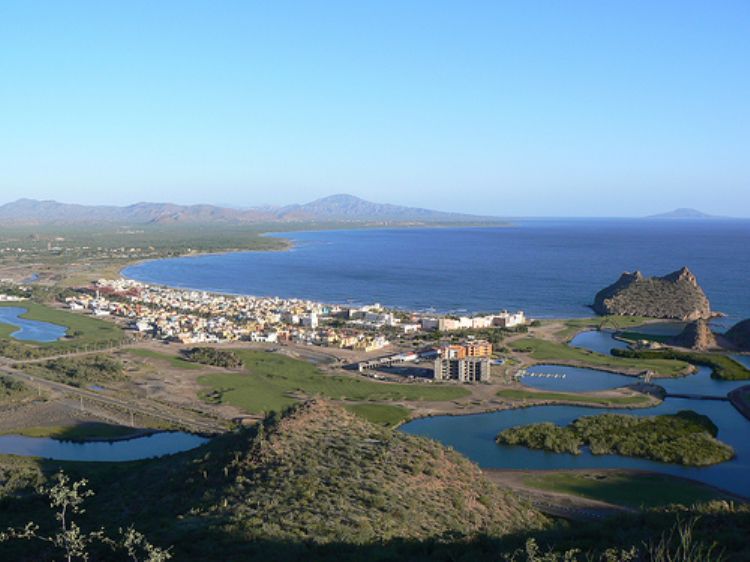
The Spanish explorers that landed on Mexican land in search of gold and fortune, named the new world with catholic and fantastic names that were part of their culture. The name of the northwest peninsula of what today is the Mexican Republic, California, comes from the name of an island close to paradise described in the book ÃâLas Sergas de EsplandiánÃâ written by Garci Ordoñez de Montalvo.
Baja California South state is in the southern part of the California Peninsula. It borders to the north with Baja California, sometimes wrongly called Baja California North. This border was only defined in the beginnings of the 1800Ãâs, so both states share their history and origin until that moment.Indigenous tribes lived in the peninsula in 10,000 B.C. approximately.
They fished, hunted and gathered fruits. In the southern part of the peninsula they left an amazing cultural heritage in the shape of rock paintings in the San Francisco Sierra and the Guadalupe Sierra, some of the largest of their kind in the world.
In the XVI century the Spaniards discovered that the natives were organized in small settlements, with groups up to 250 members of the same family. Culturally, because of their dialect and linguistic group, it is possible to recognize four native tribes that lived in the peninsula: the pericus, guaycura, cochimi and yumana.
The conquest of these lands was a long process. Many expeditions took place. Epidemics, natural disasters, lack of resources and unknown natural conditions were some of the challenges that the conquerors had to face.
Jesuit priests were the first missionaries to establish themselves in these lands. The evangelization of the tribes was meant to take place inside the walls of the missions built by them. To achieve this they established their missions close to water resources where they could put in practice Spanish economic activities such as shepherding and agriculture, as well as importing European goods.
The first successful missions were Santa Rosalía Mulegé, San Juan Malibat, and San José de Comondú in the early XVIII century. Later on, Franciscan and Dominic priests established communities as well.
In 1804 the Spanish government divides the peninsula into two areas marking the border at Arroyo del Rosario. This political division gives them the names of Baja California and Alta California.
Independence war doesnÃât reach the California peninsula at the same time as other parts of Mexico due to its location and the large distance from the central government. It is not until 1822, one year after independence, that this territory is freed from the control of Spain.
However, in the war against the United States in the mid XIX century, Alta California is part of the territory that Mexico submits to its northern neighbor, by means of the Guadalupe Hidalgo Treaty, signed in 1884.
In 1850, during the presidency of general Porfirio Diaz, the territory is politically divided into North and South, with independent governments for each.
Victoriano Huerta, in 1913, overthrew the ruling president Francisco Madero and sentenced him to death. The southern Californian society organized a rebellion once these news reached them. Felix Ortega lead the armed group that went to fight the usurper, triumphantly returning a year and a half later to La Paz.
Since 1931, when the division of North and South was made official , Baja California South started its transformation into what it is today: a modern and highly developed society that has known how to take advantage of its privileged natural location and the richness of its natural resources.

José Victoriano Huerta Márquez was born in ...

The history behind this tax is known by almost all of us:...

Mexican syndicalism originated during the first decades o...
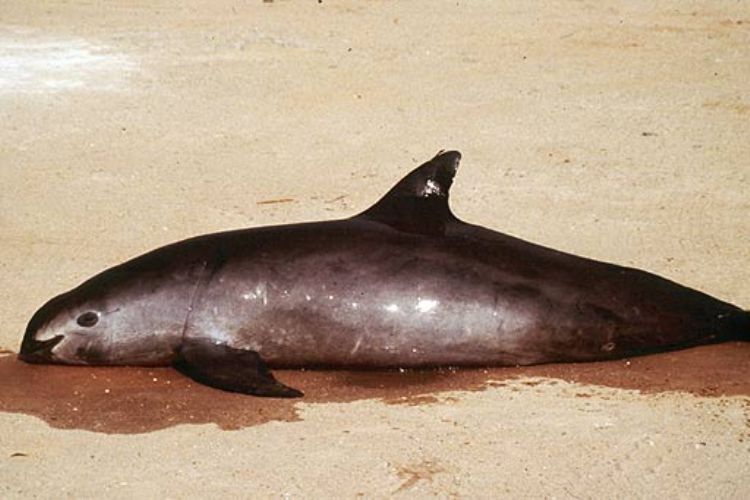
The United Mexican States are characterized by their dive...

The 2009 outbreak of Influenza A subtype H1N1 is a new ty...
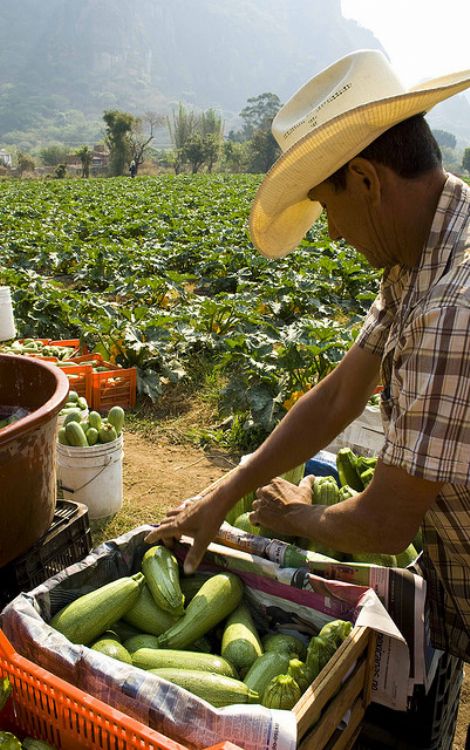
In the field of international trade, Mexico is a country ...

In the field of international trade, Mexico is a country ...
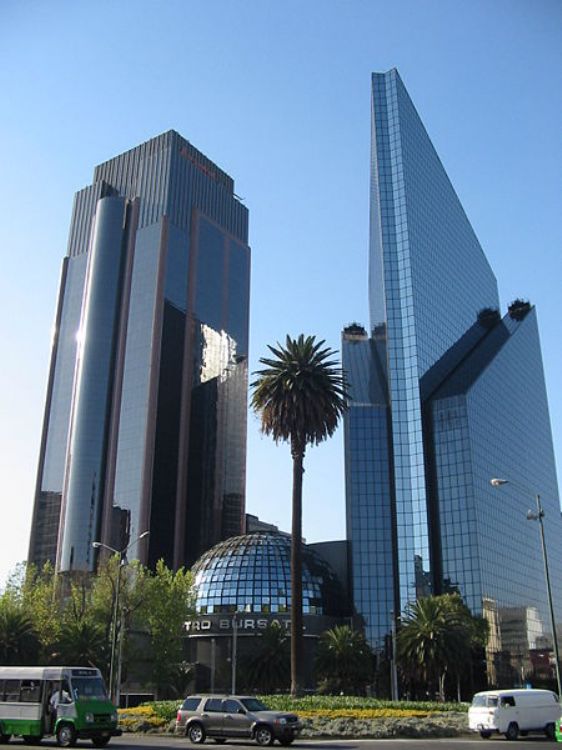
The Stock Exchange of any part of the world responds to t...

The Universityâs Museum of Contemporary Art, also known...

Lately, this seems to be the hot topic no matter the soci...
